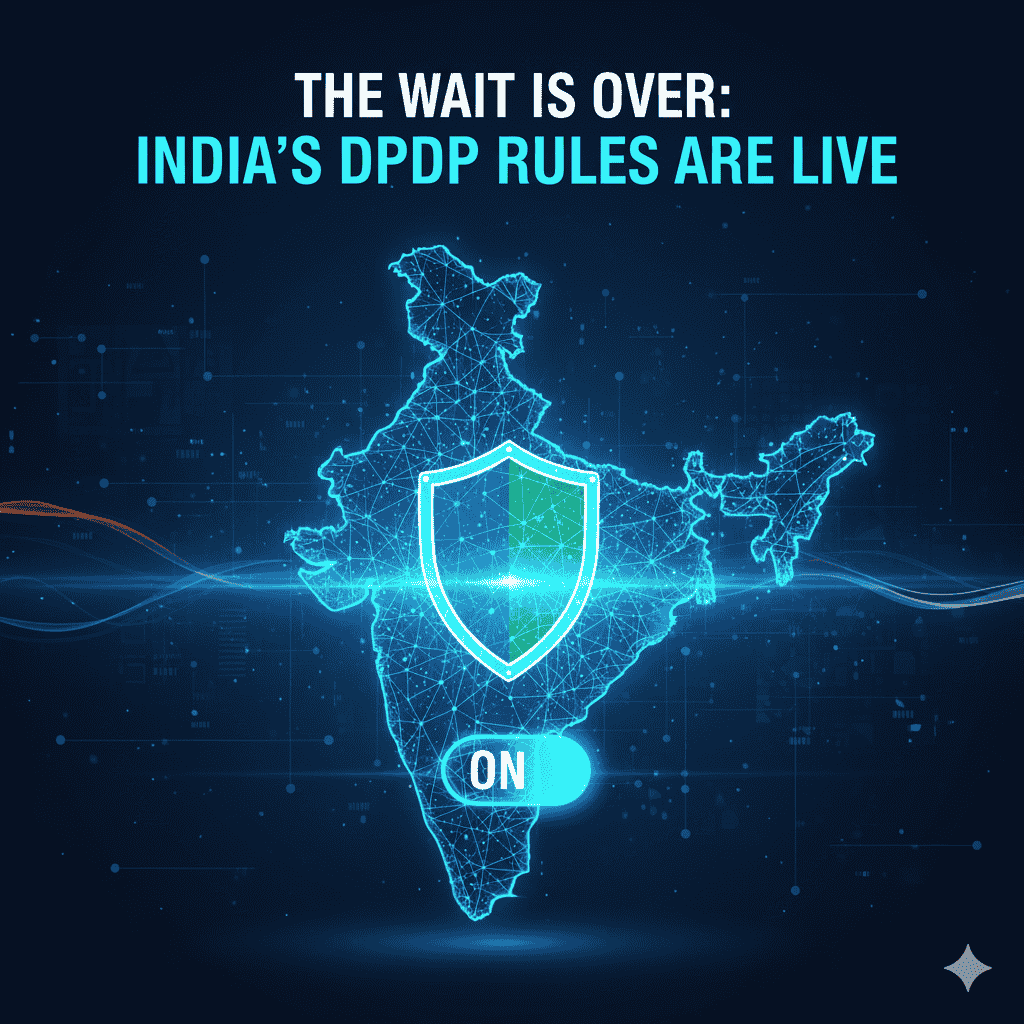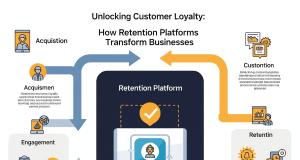In an increasingly digital landscape, businesses are challenged to meet customer expectations that grow more complex by the day. Customers now engage with brands through a multitude of channels—websites, mobile apps, social media, and physical stores. To succeed, companies must master the art of omnichannel customer engagement, ensuring a seamless, unified experience across all touchpoints. This article explores key strategies to improve engagement, increase customer loyalty, and ultimately drive sales.
Understanding Omnichannel Engagement
Omnichannel engagement refers to the practice of providing a consistent customer experience across all channels, whether online or offline. Unlike multichannel approaches—where various channels function independently—omnichannel strategies ensure that every interaction is interconnected. This cohesive approach enables businesses to deliver personalized experiences, fostering stronger relationships with customers.
The Importance of Omnichannel Engagement
Enhanced Customer Experience: Modern consumers expect seamless interactions. An omnichannel approach allows them to move effortlessly between channels without losing context.
Increased Loyalty: Brands that deliver personalized and consistent experiences foster a deeper emotional connection with their customers, leading to increased loyalty.
- Higher Conversion Rates: By presenting a unified message and facilitating easier navigation between channels, businesses can effectively guide customers through the purchasing journey, improving conversion rates.
Key Strategies for Mastering Omnichannel Engagement
1. Unified Customer Data
To provide a seamless experience, brands must gather and analyze customer data from various touchpoints. This data should be housed in a centralized system that allows for real-time updates and insights. By understanding customer behaviors and preferences, brands can tailor their messaging and offerings.
Action Steps:
- Implement Customer Relationship Management (CRM) systems that integrate data from all channels.
- Segment your audience based on behaviors, preferences, and purchase history for targeted marketing.
2. Consistent Branding and Messaging
Your brand’s voice and image should remain consistent across all channels. This creates familiarity and trust, essential components for customer engagement.
Action Steps:
- Develop brand guidelines that outline the tone, visual elements, and key messages across all platforms.
- Regularly audit content across channels to ensure alignment and coherence.
3. Personalized Customer Interactions
With insights gleaned from customer data, businesses can personalize interactions to meet individual preferences and enhance overall experience.
Action Steps:
- Utilize data analytics to send personalized recommendations and promotions based on past behavior.
- Implement marketing automation tools to tailor customer communication based on where they are in the buying journey.
4. Cross-Channel Promotions
Promoting the same deals across all channels ensures that customers receive a unified message. However, each channel should offer unique engagement experiences that prompt customers to explore.
Action Steps:
- Create campaigns that initiate on one channel and encourage action on another (e.g., an email promotion that invites customers to check out an app-exclusive deal).
- Leverage social media to direct users to your website or physical store, using geo-targeting to attract local consumers.
5. Responsive Customer Support
Providing responsive customer support across all channels is crucial for keeping customers satisfied. Quick resolution of issues leads to improved trust and loyalty.
Action Steps:
- Integrate chatbots and live chat support on your website and app for instant assistance.
- Maintain active engagement on social media platforms, responding to inquiries promptly.
Measuring Omnichannel Success
To ensure the effectiveness of your omnichannel strategy, it’s important to track key performance indicators (KPIs) such as customer satisfaction scores, engagement rates, and conversion rates per channel. Regularly reviewing these metrics can help you adjust your strategy to better meet customer needs.
Conclusion
In a world where customer expectations are rapidly evolving, mastering the art of omnichannel customer engagement is no longer optional; it’s crucial. By implementing seamless strategies that focus on unified data, consistent branding, personalized interactions, cross-channel promotions, and responsive support, businesses can create an exceptional customer experience. As you refine your omnichannel strategy, remember that today’s consumers are looking for more than just transactions; they seek meaningful connections with their favorite brands. By delivering on this promise, you can cultivate loyalty and boost your bottom line.









